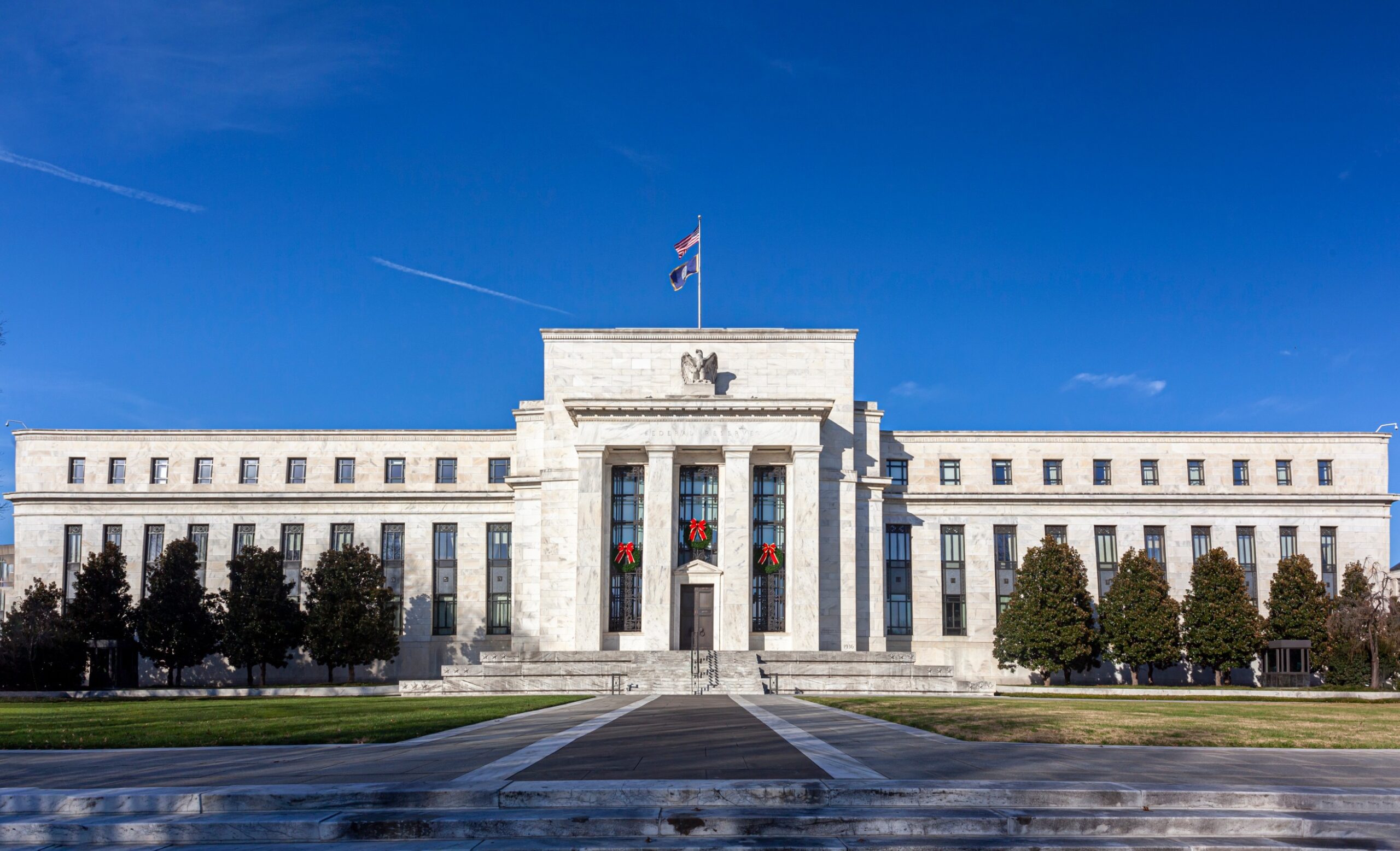
Federal Reserve Vice Chair of Supervision Michael Barr’s unexpected resignation on Monday signals the beginning of a pivotal shift in how the US central bank might operate under a potential second term for former President Donald Trump.
Barr’s decision to vacate his regulatory oversight role by February 28 sets up an early test of Trump’s approach to reshaping the Federal Reserve, as he will now have a chance to install leadership that aligns more closely with his political agenda.

Source: FT/X
While Barr will continue to serve as a governor until 2032, his resignation from the vice chair position, created after the 2007-2009 financial crisis to oversee regulatory matters, leaves an opening for Trump to exert influence over the Federal Reserve’s banking oversight function.
This move allows Trump the flexibility to elevate a current board member who shares his preference for a lighter-touch regulatory approach, potentially avoiding the legal and political turmoil that could have come from a more overt attempt to take control of the role.
Barr’s departure could set a precedent for future administrations
Barr’s exit marks the second major reshuffle in a critical position at the Fed since the post-crisis reforms, but it also raises questions about the political implications of the role of vice chair for supervision.
Some analysts suggest that Barr’s departure could set a precedent for future administrations, making the vice chair role more politically fluid, akin to the leadership roles of other banking agencies.
“Barr stepping down likely means the role will continue to roll over with presidential administrations,” Steven Kelly, associate director of research at the Yale School of Management’s Program on Financial Stability, was quoted as saying by Reuters.
Fed Governor Michelle Bowman, known for opposing Barr’s stringent regulatory stance, is widely seen as a potential successor under the Trump administration.
Bowman’s appointment could align the Fed’s banking oversight more closely with Trump’s regulatory preferences, offering a contrast to Barr’s more stringent approach to financial regulation.
Despite his resignation from the vice chair position, Barr’s decision to remain a Fed governor ensures that he will still participate in critical decisions on interest rate settings.
This continued role could help maintain the Fed’s independence in terms of monetary policy, a factor central bankers view as vital to maintaining credibility in inflation control efforts.
Some analysts believe Barr’s continued voting on interest rates will preserve the Fed’s political autonomy, particularly in an environment where monetary policy has been under heightened scrutiny.
However, Barr’s departure from the vice chair position also raises concerns about the broader implications for the Fed’s long-term independence.
Will Trump try to remove Jerome Powell?
As Trump begins his second term, speculation has already started on whether he might attempt to remove Fed Chair Jerome Powell, whom he publicly criticized during his first term for rate decisions he disagreed with.
While Powell has firmly rejected the idea of being dismissed, the political maneuvering surrounding Barr’s exit suggests that Trump’s team may be seeking ways to assert more control over the Fed, raising questions about the central bank’s long-term autonomy.
For now, the resignation of Barr has avoided a direct clash over the president’s ability to reshape the Fed, but this move sets the stage for future confrontations between the White House, the Federal Reserve, and the banking industry, especially as the US navigates uncertain economic times ahead.
The post What Michael Barr’s exit means for Trump’s plan to reshape the Federal Reserve appeared first on Invezz

